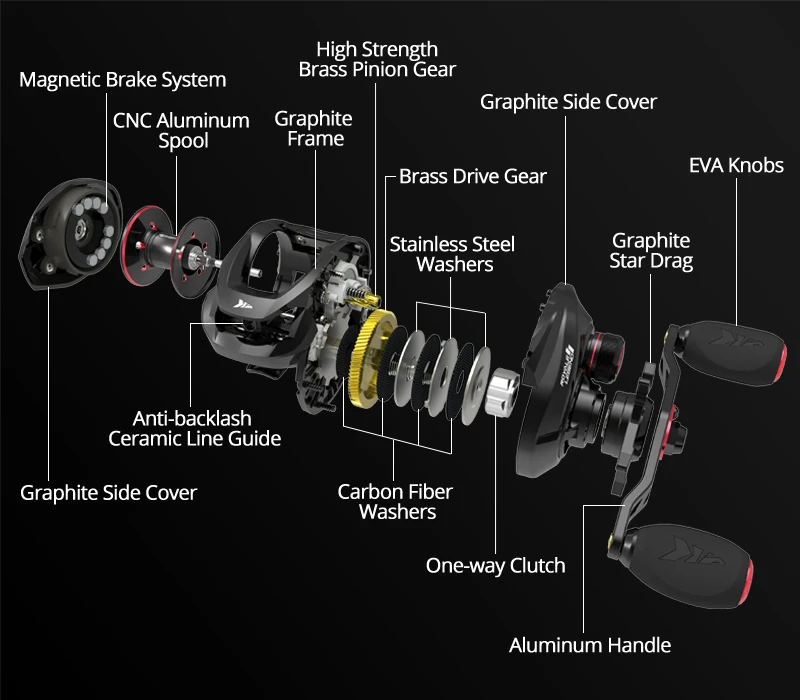

Then the band would correct itself, and return to reliable reporting. Every once in a while-twice during the first hike, once during the second-the Peak would show unusual (and untenable) heart-rate numbers.

My first test, two days earlier, revealed similar performance. So that was actually my second Mount Davidson hiking test. During my descent, the Peak returned to logical bpm levels, scaling evenly with the earphones. Finally, as I was steps away from the mountain’s highest elevation, the Peak rapidly shot up, reporting 162 bpm to the earphones’ 165 bpm. But the glitch only lasted for a few moments. At this point, I was working even harder, and the earphones were reporting 165 bpm. It got worse when the Peak showed 129 bpm a brief time later. The earphones were scaling evenly and logically with my increasing exertion levels, but for one reading the Peak actually slowed down, showing 145 bpm to the earphones 154 bpm. So far, so good-but then the Peak threw up some implausible readings as I kicked into overdrive getting close to the summit. Another 10 minutes later, the Peak showed 141 bpm the earphones, 142 bpm. Ten minutes into the hike, the Peak displayed 133 bpm the earphones, 131 bpm. It’s no Rolex, but it doesn’t look like lab equipment either. Most of the time, the Peak was within 2 to 3 beats per minute of the earphones, and I found the two devices scaled pretty closely as I chugged my way up Mount Davidson as quickly as possible (and at a pace that still allowed me to record measurements on a notepad). There’s no need to keep anyone in suspense: The Basis Peak did a reasonable job in matching the numbers reported by the earphones’ smartphone app. These LG earphones will never match the accuracy of a hospital ECG, but they’re much more portable than an ECG, especially during spirited hikes up and down Mount Davidson, my testing playground. And when I back off, the earphone’s numbers scale down logically, as well. This is a very important point: During bursts of increased exertion, the LG earphones show faster heart rates in a logical, evenly scaled manner. They also keep heart rates locked during physical motion, and reliably respond to increasing and decreasing exertion levels. The LG earphones match my chest-strap monitor beat for beat. Basis’ new charging cradle is much less fiddly than the old cradle, too.

It’s supposed to help the system better lock down on heart rates. Notice the raised platform for the sensor. This is the component that absorbs the LED light to capture a footprint of your blood flow, and thus heart rate. The sensor also has an improved photoreceptor. Basis says a brighter LED in the spectroscopic sensor helps cut through the noise of “channel interference” (in lay terms: light pollution).

New tech, new possibilitiesīut now we have the Basis Peak. It wasn’t accurate enough for, say, zone training during a rollicking cross-country run. But the old heart-rate monitor still had to conform to the laws of 2013 technology. The sensor was useful in painting a picture of a user’s overall exertion levels, and it helped a lot in what Basis calls its Advanced Sleep Analysis, which (surprise) kicks in when you’re sleeping and relatively motionless. Why? Because the sensor couldn’t lock onto a user’s heart rate, and track that proverbial ping through the lurching and jostling of physical exercise. You were encouraged to do “spot checks” of your heart rate throughout the day, but Basis never claimed its original heart-rate sensor could match the performance of hardcore workout equipment. Jon Phillipsīesides having a better heart-rate monitor, the new Peak (top) is slimmer and all-around more watch-like than Basis B1 Carbon Steel Edition (below). Instead, the B1’s heart-rate data was simply fed into the Basis algorithms that calculate calorie burn and sleep quality. For all its sensors-an accelerometer, an optical heart-rate monitor, a skin temperature sensor and a galvanic skin response sensor-the B1 never promised real-time, continuous heart-rate data, like what you’d get from a chest strap monitor. But the problem is, the old B1 couldn’t really deliver when it mattered the most.


 0 kommentar(er)
0 kommentar(er)
